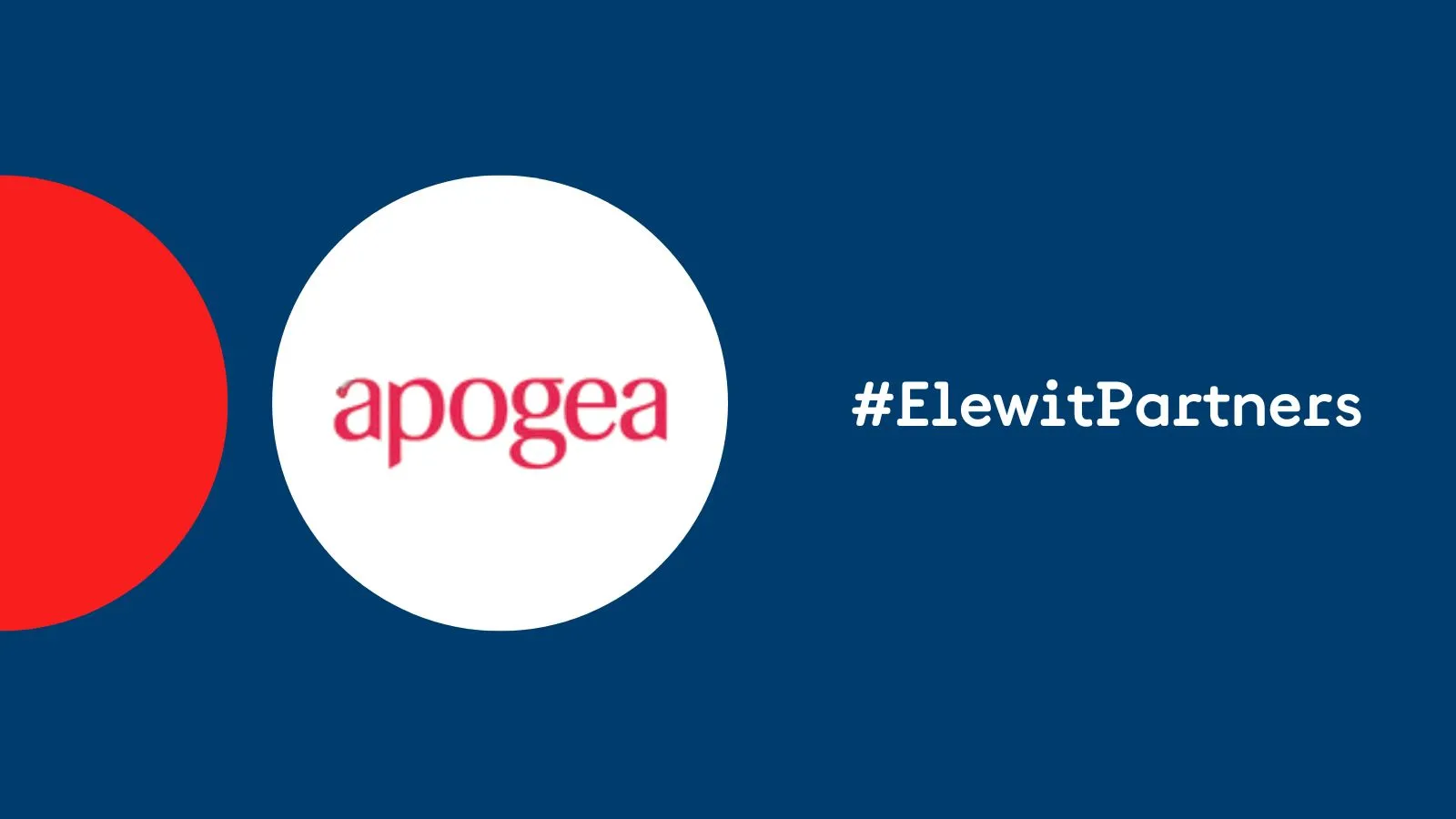
Apogea is a technology engineering and consulting company specialised in the AECO (Architecture, Engineering, Construction and Operations) sector. Focused on developing GIS (Geographic Information System) and BIM (Building Information Modelling) software solutions, it provides digital tools that optimise the design, planning, and management of infrastructure and assets in this sector. In this regard, they not only develop software applications, but also drive digitalisation through open, interoperable solutions oriented toward efficiency and sustainability.
Currently, they collaborate with Red Eléctrica and Elewit on the development of digital solutions that optimise the planning of the electricity transmission grid, applying their experience in developing GIS applications and open-source libraries to the challenges of the energy sector. In this interview, Agustí Jardí Margalef, Founding Partner and Director of the Consulting Area at Apogea, tells us more about the advances that have been made thanks to this collaboration.
What value do your services bring to electrical planning and what has your experience collaborating with Elewit been like?
At Apogea, we support companies like Red Eléctrica and its technological platform, Elewit, in developing custom software to improve the planning and management of the electricity transmission grid. We not only develop applications, but also bring our expertise in engineering, open-source library development, and graphic technology to create efficient tools tailored to the sector’s needs.
In this regard, our collaboration with Elewit allows us to apply our expertise in a technological innovation environment for the planning and management of the electrical transmission grid. This framework agreement positions us as a partner in the modernisation of digital tools for infrastructure management, which allows us to:
- Access high-impact strategic projects
- Be part of an innovation ecosystem that drives technological evolution
- Take advantage of growth and technological expansion opportunities
What do the solutions you have developed together with Red Eléctrica and Elewit to improve grid planning consist of?
Our contribution focuses on creating specialised software for data management, visualisation, and collaborative work, ensuring that the solutions are efficient, scalable, and tailored to the sector’s needs. For example, within a project framework, we have worked on implementing a collaborative web platform that integrates maps, tables, and forms to visually and structurally manage electrical planning.
We have also participated in developing a version management system and a real-time collaboration environment that allows storing, comparing, and retrieving different planning scenarios. This solution has significantly improved information efficiency and security, ensuring that data is consistent and easily traceable.
Furthermore, in the Siroco project, we collaborated on the improvement of GridCal, an open-source desktop application focused on electrical grid simulation, working on developing visualisation tools such as the integration of a map viewer and the creation of node diagrams for substations, thereby facilitating analysis and intuitive editing of the grid structure.
These solutions allow Red Eléctrica to optimise electrical planning, improve infrastructure management, and facilitate scenario analysis in a more efficient and collaborative way.
One of the main achievements of this collaboration is the development of advanced visualisation tools. Could you tell us more about them?
As part of the project aiming to develop a workspace for grid planning, we have worked on creating advanced visualisation tools that centralise information, improve visualisation, and facilitate team collaboration. Our goal has been to replace workflows based on multiple Excel files with a unified web platform, where data is structured, accessible, and traceable, thereby ensuring consistency and control over the entire planning process.
Thanks to this platform, teams can represent the electricity grid in a clear and interactive manner, using maps, tables, and forms that allow filtering and comparing different scenarios. This not only improves understanding of the grid but also streamlines decision-making. Additionally, the ability for several users to work in parallel in the same environment, with defined roles and permissions, has enhanced the efficiency and security of the process.
An automatic version control system has been implemented in this web platform, registering every modification made to each plan, thereby facilitating its tracking. These functionalities allow technicians to store, share, and work on plans collaboratively while maintaining a detailed log of changes, thus increasing traceability. Overall, the process of planning the electricity grid has become more efficient.
Thanks to specialised solutions such as collaborative platforms and advanced visualisation tools, planning teams can manage data centrally, work more efficiently, and make decisions based on accurate and up-to-date information. This type of collaboration drives technological evolution in the energy field, opening up new opportunities for innovation and growth in the sector.